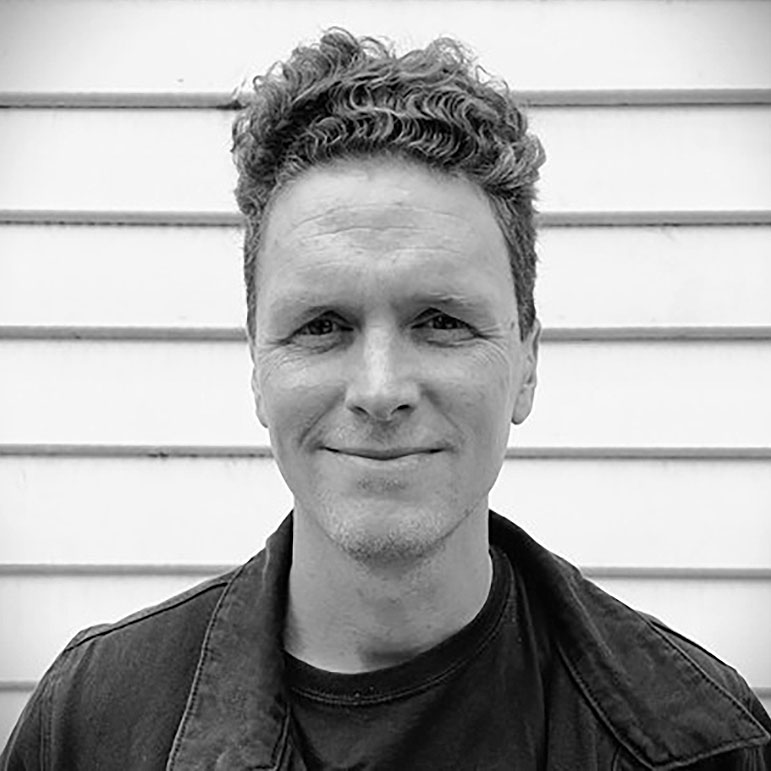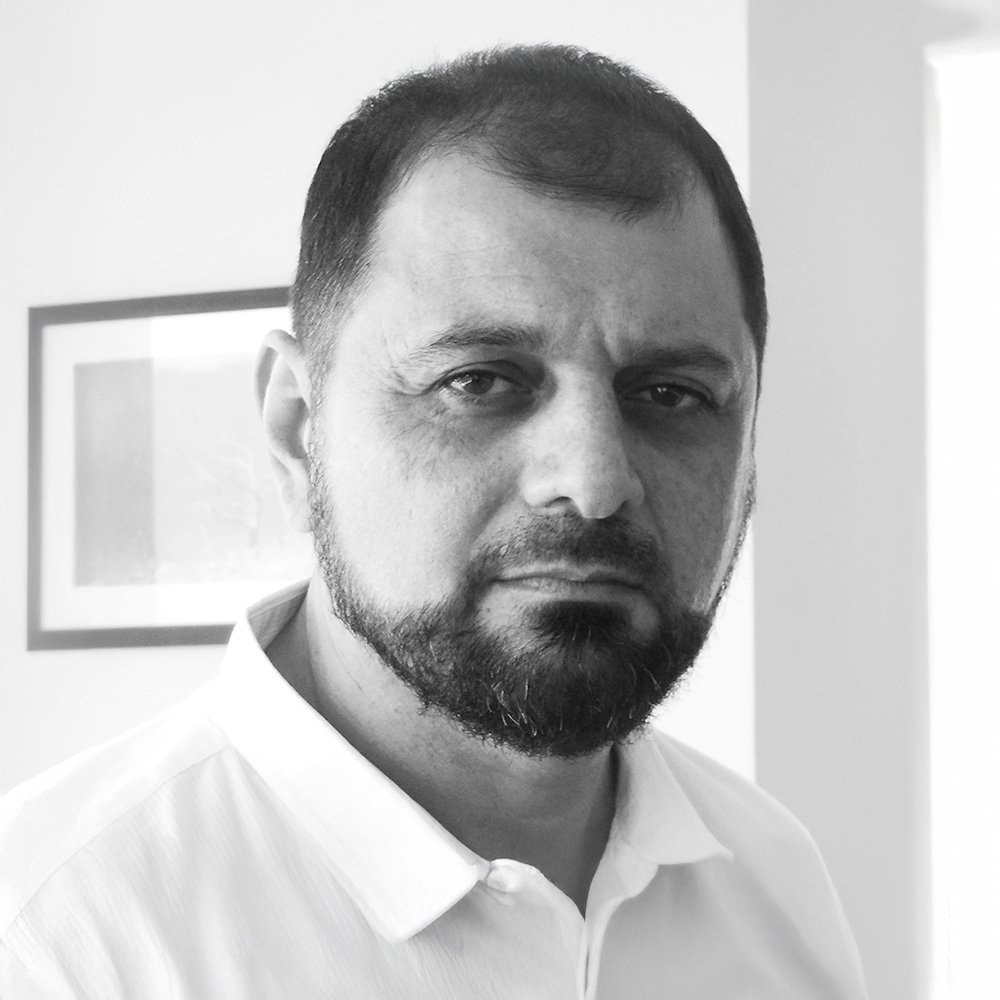Home | Presenters | Program | Accessibility | Conference Dinner | Stay & Play | Book Tickets | Sponsorship
Join us at the Access Consultants Association’s conference on Universal Design – Inclusive Futures! Our esteemed presenters are leaders in their field of Universal Design, bringing innovative insights and practical solutions to create inclusive environments. From architects to policymakers, each speaker is dedicated to advancing universal design principles that benefit everyone. Don’t miss this opportunity to learn from the best and be inspired to make a difference in accessibility and inclusion. Let’s shape a future where everyone can thrive!

Tommy Trout
Tommy Trout is an award-winning social entrepreneur and disability educator. He is the founder of WeFlex, disbranded, Inclusive-AF and serves as an advisor to numerous social enterprises and charities.

Skye Haldane: Principal Strategic Design | City Projects – The Greenline Project | Infrastructure & Amenity
City of Melbourne
As a capital city municipality, Melbourne is currently home to over 180,000 residents, 620,000 workers and many millions of visitors each year. A welcoming and accessible public realm is essential to supporting the diverse needs of our growing communities, ensuring opportunities for participation in all aspects of city life, and maintaining our global standing as one of the most liveable cities.
In this keynote, Skye will explore how the City of Melbourne’s strategy and policy settings are shaping our approach to planning and design for access and inclusion. She will present a series of project case studies that highlight how research and engagement are informing how we achieve quality design outcomes for the community. She will showcase the positive impact of involving people with lived experience, the role of our Disability Advisory Committee, and the importance of ongoing capacity building across the organisation and community to create more opportunities for everyone to enjoy and contribute to life in our city.


Evan Wilkinson, Manager, Barwon South West at Sport and Recreation Victoria
Bianca Stewart, Project Manager, Regional Sports Infrastructure
Sport and Recreation Victoria
It’s been a decade since Sport and Recreation Victoria became the first jurisdiction in the world to introduce and mandate that Universal Design principles be incorporated into community sports infrastructure. We did this by publishing the Design for Everyone Guide. However, in that time our knowledge and understanding of access and inclusion has improved. In this presentation we will provide updated guidance on Universal Design approaches to community sports infrastructure and an insight into the latest consideration for facility planners, designers, developers and operators.

Nicole Maslin: Manager, Healthy and Active Communities
Banyule City Council
Over the past decade, community sports pavilions have evolved from exclusive, male-dominated spaces to inclusive, accessible hubs for all. Initially driven by the need for female-friendly facilities, this movement at places like Banyule City Council sparked a broader commitment to Universal Design. By rethinking traditional designs, pavilions now prioritise flexibility, safety, and welcoming environments for people of all ages, abilities, and genders. This presentation will showcase practical examples, highlighting how sport infrastructure can foster community connection, increase participation, and create equitable spaces. It emphasises a shift from basic compliance to a deeper commitment to truly inclusive community-centred design.

Dale Sheppard: Director
Access Solutions National
The presentation “Playing with Access Standards” by Dale explores how access standards can guide, but not limit, the design of inclusive play spaces. While these standards are not mandatory for play environments, they offer a critical foundation for ensuring equity and usability. Dale argues for a balance between compliance and creativity, encouraging designers to interpret standards flexibly to foster diverse, imaginative, and socially engaging play. Drawing on real-world examples and best practices, the presentation highlights the importance of moving beyond minimum requirements to maximise inclusion, ensuring that play spaces support freedom, exploration, and meaningful connection for all people.

Andrew Monaghan: Access and Inclusion Officer
City of Moreton Bay
The City of Moreton Bay’s vision is to ensure all residents and visitors have equal access to infrastructure, services, and opportunities. During consultations for the Disability Access and Inclusion Plan, people with high support needs advocated for more Changing Places facilities, which provide accessible toilets for those with severe disabilities. In response, the Council committed to investigating the delivery of these facilities. The Changing Places Network Plan aims to strategically plan and deliver these amenities, with three facilities already available and more planned. This plan is the first in Australia and aims to inspire similar initiatives nationwide.



Cathryn Grant, Ilianna Ginnis, Ellen Naismith
Architecture & Access
Public spaces can present overwhelming sensory challenges for individuals with hidden disabilities, often limiting their participation. The Reset Rooms Design Guide, developed by Architecture & Access, Deakin University, and Amaze, offers a practical framework for creating sensory-supportive environments. It provides architects, designers, and facility managers with strategies focused on three pillars: location, design, and management. The guide recommends choosing accessible, low-stimulation areas, incorporating adaptable features like adjustable lighting and sound control, and maintaining safety and accessibility over time. By embedding inclusive design principles, the guide aims to foster greater participation and well-being for neurodivergent individuals in public spaces.

Hank Van Ravenstein: Principal/Melbourne
LCI Artelia Group
This presentation explores the critical need for inclusive evacuation strategies, emphasising compliance with the Building Code of Australia and related regulations. It examines the real-world challenges faced by people with disabilities during emergencies and highlights the responsibilities of design professionals, building surveyors, and facility managers. Special focus is given to Accessible Egress solutions like evacuation lifts, areas of refuge, and visual and tactile alerts. The session also addresses gaps between regulatory compliance and true accessibility, including issues with Personal Emergency Evacuation Plans (PEEP’s) and retrofitting older buildings. Through case studies, it advocates for proactive, inclusive planning to ensure no one is left behind.

Nick Morris: Consultant/Universal Design Expert/Human Movement
Nick Morris Consulting
The success of the Brisbane 2032 Olympics and Paralympics relies on embedding a strong culture of Universal Design and Accessibility across all planning, design, delivery, and operations, creating a seamless Games experience and lasting legacy for Queensland. This presentation highlights key considerations in technology, infrastructure, operations, and education, shifting focus from disability-specific solutions to broader community accessibility needs. It explores touchpoints such as transport hubs, venues, accommodation, communications, and tourist attractions. Success strategies include inclusive terminology, innovative products, new technology, co-design committees, expert consultants, and collaboration with government and functional areas, ensuring accessibility is prioritised across all aspects of the Games experience.


Nikki Jackson: City of Gold Coast
Daniel Bedwell: Obvius Access
The Palm Beach Aquatic and Community Centre, opened in late 2024, highlights an inclusive design journey from both the client and design team. Key aspects include contractual arrangements ensuring accessibility features, stakeholder consultations, and best practices in accessible parking, pool access, stairs, ramps, and various facilities. The centre also features Changing Places, animal assistance relief areas, mobility scooter recharge zones, and comprehensive wayfinding and hearing augmentation strategies. Additionally, it includes topography considerations for underground parking, luminance contrast, and external infrastructure like seating, barbecue areas, and drinking fountains. The design also accommodates various user groups with diverse needs, ensuring a welcoming environment for all.

Ngoc Autran: Access Consultant
MBC Group
This session explores the introduction of Assistance Animal Relief Areas (AARAs) at Melbourne Airport and their powerful role in improving accessibility for vision-impaired travellers. Delivered by Ngoc Autran, Access Consultant at MBC Group, the presentation will highlight the design, implementation, and outcomes of this inclusive initiative. Joining the panel are guest speakers with lived experience—clients of Guide Dogs Australia and SED – Seeing Eye Dogs—alongside an Orientation and Mobility Specialist. Together, they’ll share firsthand insights into how AARAs enhance independence, comfort, and dignity in travel. This session positions AARAs as a model for inclusive infrastructure across Australia’s transport networks.

Dr. Murray Coleman
This presentation explores how universal design can create more inclusive inner-city environments. It began with the author’s 2005 presentation on accessibility, advocating for environments that support safe, independent travel. Using a university campus project as a case study, the author highlights persistent flaws in accessible design despite existing disability legislation. Key issues include outdated and incorrectly built car parks, poorly designed ramps and walkways, and legal loopholes undermining true accessibility. The presentation proposes a permeable network of accessible pathways and examines successful and unsuccessful examples from local and overseas town centre developments to demonstrate how good design benefits everyone.


Jacqui Steele: Development Manager – Scope– Communication Inclusion Resource Centre
Jacob Matthew: Domatic Access
While inclusive play areas are gaining attention, communication access in recreational spaces remains underexplored. People with communication disabilities often struggle to participate fully in play due to communication barriers. Scope has developed a suite of tools, based on augmentative and alternative communication (AAC) principles, to support interaction in parks and playgrounds. These include fixed boards and flexible, integrated tools designed to enhance communication opportunities. Implemented across Victoria and beyond through partnerships with councils and schools, the tools have received positive early feedback. Scope’s initiative promotes community understanding of AAC and aims to make outdoor spaces more inclusive for all communicators.

Amy Moore, Manager – Policy, Equity and Inclusion, Sport and Recreation Victoria
Sport and Recreation Victoria
To address systemic barriers experienced by people with disability in accessing community sport and active recreation in regional Victoria an interconnected approach is required across infrastructure, workforce and participation components.
A systems approach embeds co-design and universal design principles and includes strategies such as upskilling of workforce and volunteers for inclusive practice, creating new employment and volunteer opportunities for people with disability, support for equipment and travel costs and increasing direct participation programs.

Issam Nabulsi: Principal
Desypher Architecture
Issam discusses the challenges in designing prayer facilities and their associated amenities in a way that meets jurisprudential requirements, good access in a physical sense, whilst resonating cultural appropriateness and dignity.
Prayer rooms and associated facilities are complex when considering the expectations of different religious and secular perspectives – meaningful inclusion without alienation
Issam will walk us through the design of the MCG Multi Faith Prayer Room as a pertinent case study, addressing successful and not so successful outcomes and lessons that can be learnt for the integration of similar facilities into mainstream community and public projects

Joe Manton: Director
Access Institute
Joe Manton, Director of Access Institute, will provide an update on recent changes in access standards, guidelines, and reviews over the past year. These include amendments and new standards affecting the built environment, ongoing reviews impacting access and Universal Design, and the NDIS review of Specialist Disability Accommodation Design Standards. Joe will offer a snapshot of these initiatives, their current status, and their impact on the access industry.